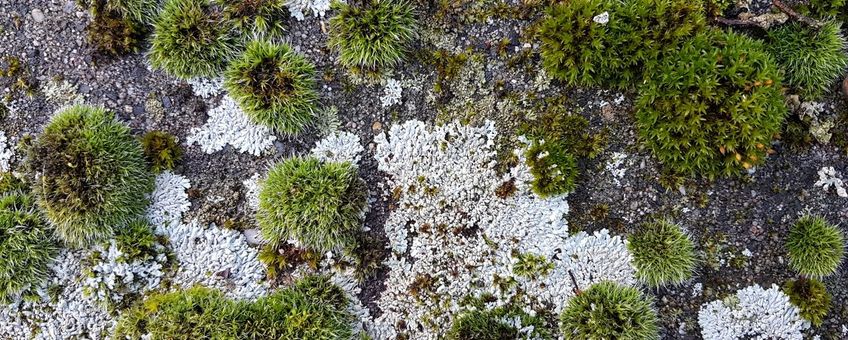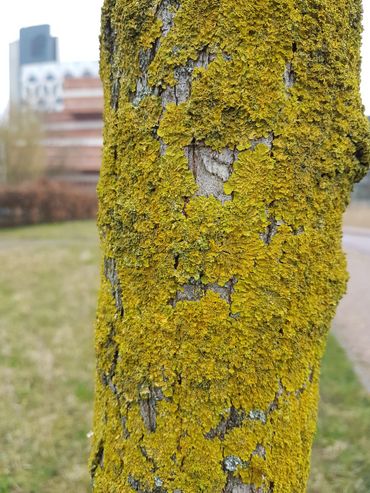
Diverse team will unravel the hidden biodiversity in the city
Bureau Stadsnatuur, Delft University of Technology, Heijmans, Hortus botanicus Leiden, Naturalis Biodiversity Center, Nederlandse Entomologische Vereniging, Observation.org, Vrije Universiteit AmsterdamMichael Stech, researcher at Naturalis Biodiversity Center, receives a grant of 1.9 million euros from the Nationale Wetenschapsagenda (National Science Agenda), a research program of the Dutch Research Council NWO, to open the 'black box' of hidden biodiversity in the city together with universities, universities of applied sciences, municipalities, companies, nature organizations and other partners: the HiddenBiodiversity project.
Enormous task
Stech: “Hundreds of species of fungi, bacteria, soil animals, bryophytes, lichens and other small organisms live in the city. Soil life is important for vegetation, such as trees. Bryophytes and lichens grow on the trees, which in turn provide shelter for (soil) animals. But it is not sufficiently known which species are present in the city, how they interact and what the influence is of soil hardening or heat stress. At the same time, cities are facing the enormous task of becoming greener and more climate-proof. Knowledge about hidden biodiversity can help with this.”
Species-rich city
HiddenBiodiversity combines biological, ecological, material science and psychological research with a wide range of activities for and with city residents to gain this knowledge and disseminate it to society. Stech: “We focus on the public space and the private environment at the same time. Governments and companies need tools to promote biodiversity as a whole and to monitor the success of climate-adaptive measures. At the same time, we want to encourage citizens to notice and appreciate biodiversity in their own living environment. In this way, we hope to achieve the greatest possible impact for a green and species-rich city.”
Diverse team
The Hidden Biodiversity project will be carried out by a broad and diverse consortium. The cooperation partners are Vrije Universiteit Amsterdam, Universiteit Leiden/Hortus Botanicus Leiden, Technische Universiteit Delft, Hogeschool van Amsterdam, Bryologische en Lichenologische Werkgroep, Hogeschool Leiden/Leiden Centre for Applied Bioscience, Erasmus Universiteit Rotterdam, Bureau Stadsnatuur Rotterdam, Cobra Groeninzicht, H.D. Sneep holding BV (Greenwavesystems), Heijmans NV, Gemeente Amsterdam, Gemeente Leiden, Nederlandse Entomologische Vereniging (NEV), Provincie Noord-Holland, Reichwein Post Production BV, Respyre BV, Stichting Steenbreek, Stichting Trompenburg Tuinen & Arboretum, Stichting Vrienden van de Leidse Hortus, Openbare Bibliotheek Amsterdam, Stichting Nederlandse Natuurhistorische Collecties, Stichting Waarneming.nl, EnerSearch Solar GmbH and Naturalis Biodiversity Center.
More information
- For substantive questions about the HiddenBiodiversity project contact the project leader Michael Stech via michael.stech@naturalis.nl.
Text and photos: Michael Stech, Naturalis Biodiversity Center
